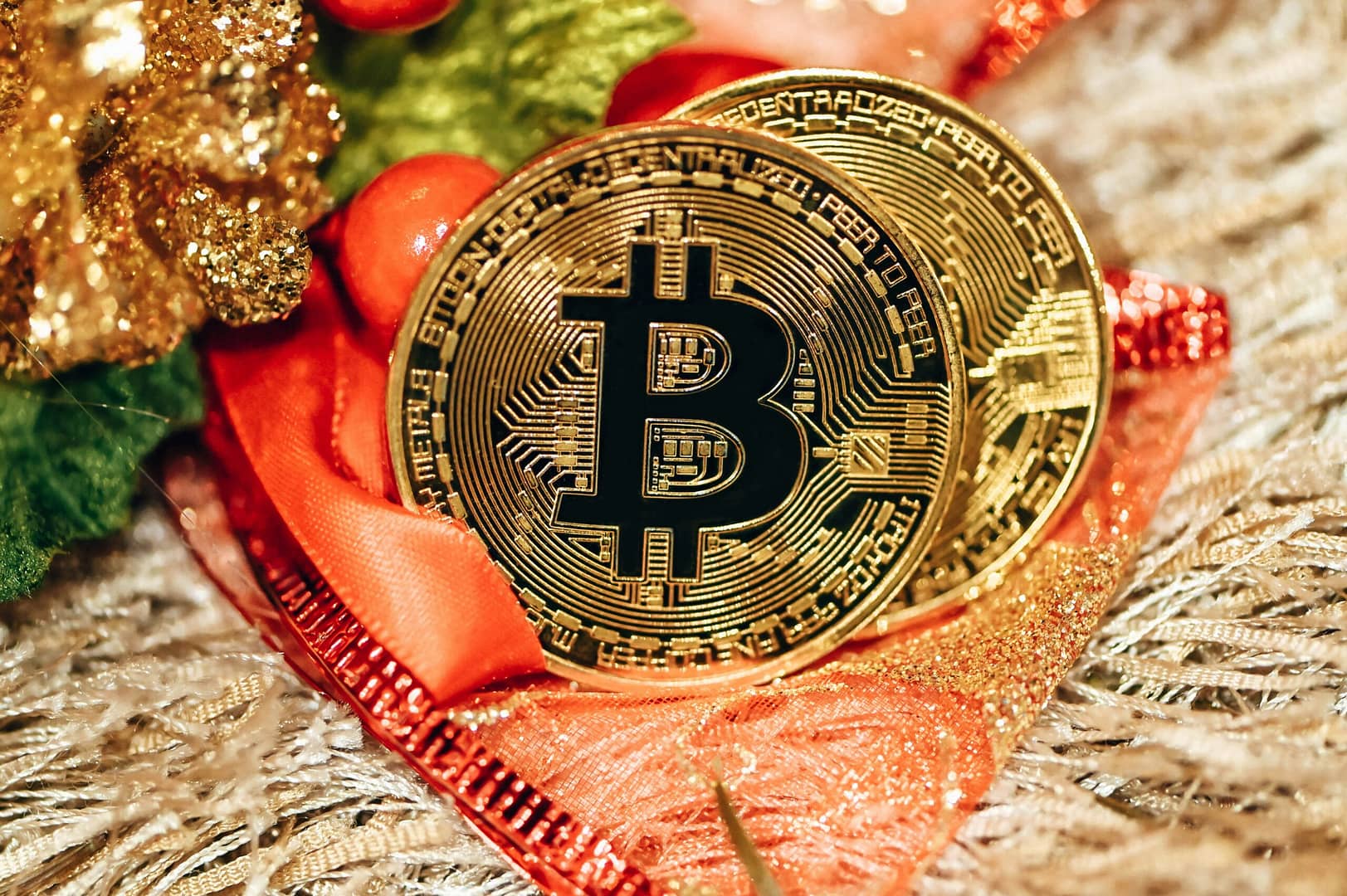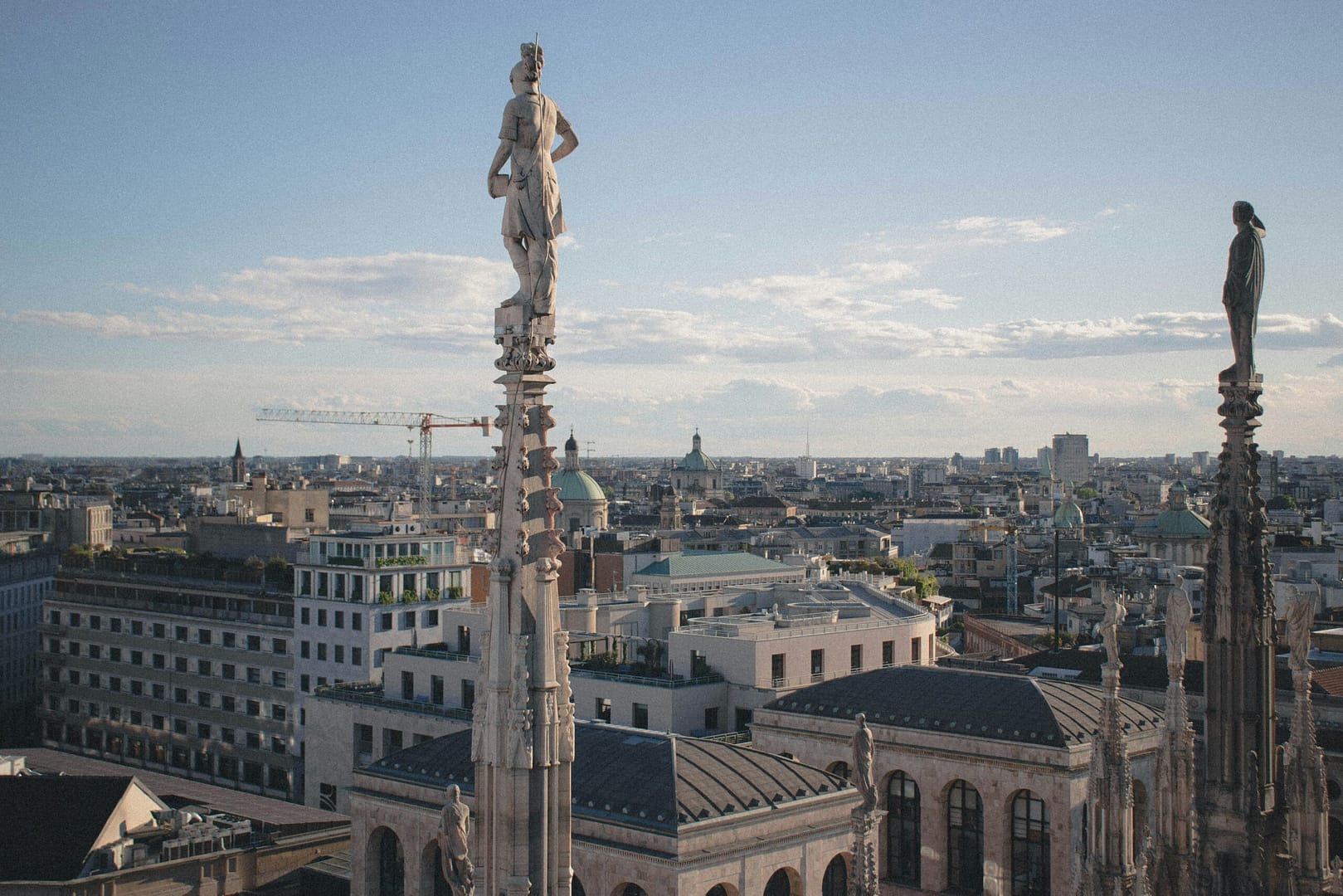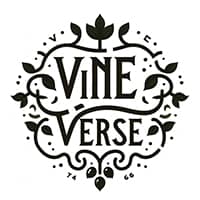Discover the art of dosage in sparkling wine, where sugar levels shape sweetness and complexity. Explore trends and expert insights to enhance your tasting experience!
The Art of Dosage in Sparkling Wine: Understanding Sweetness and Complexity
Sparkling wines have long captivated enthusiasts with their effervescence and elegance. Among the myriad factors that contribute to the allure of these wines, dosage stands out as a critical element in defining their character. This article delves into the intricate world of dosage, exploring its historical context, impact on flavor profiles, and current trends in the wine industry.
What is Dosage?
Dosage refers to the small addition of sugar—typically derived from cane, beet, or grape sugar—mixed with wine to create liqueur d’expédition. This blend is added after disgorgement, which is the process of removing yeast lees following the second fermentation in the bottle. The amount of sugar introduced during this stage significantly influences the final taste of sparkling wines.
The majority of sparkling wines produced using traditional methods—such as Champagne, Cava, and Franciacorta—are categorized based on their sugar content. Most are labeled as either extra brut (0-6g/L of sugar) or brut (0-12g/L). Interestingly, Champagne was once notoriously sweet; 19th-century chemist Edme-Jules Maumené noted that some Champagnes were shipped to Russia with a staggering 300g/L of added sugar—three times sweeter than Coca-Cola!
The Complexity Behind Perceived Sweetness
Understanding how dosage affects sweetness perception requires a deep dive into flavor interaction. Sugar does not exist in isolation; it interacts dynamically with acidity, alcohol, body, and aroma to create an overall impression that can mislead consumers about a wine’s actual sweetness level. For instance, Alice Tétienne, cellarmaster at Champagne Henriot, found during dosage trials that high-acidity wines sometimes require less sugar than expected. She explains: “You would think that a wine that is fresher would need more dosage; but sometimes the sugar seems to accentuate the acid.”

This complexity extends further when considering residual sugar (RS) levels. Even zero-dosage sparkling wines can evoke sensations of sweetness due to unfermentable sugars remaining post-fermentation. Recent research by Hannah May Charnock indicates these residual sugars might play a pivotal role in developing complex flavors like toastiness and caramelization through chemical reactions.
Current Trends in Sparkling Wine Production
The sparkling wine industry is witnessing a shift toward lower dosages and increased experimentation with styles. Producers are exploring biodynamic practices and innovative techniques to enhance both quality and diversity in their offerings. For example, Domaine Hugo from Wiltshire has gained recognition for its brut nature sparkling wine made from grapes harvested during the warm 2020 vintage. This wine showcases a delightful mix of dried apple, chamomile, and brown bread aromas—all within an appealingly crisp frame.
Furthermore, there’s an ongoing conversation surrounding health-conscious drinking trends leading some consumers to gravitate toward "skinny" sparkling wines while others advocate for balanced expressions achieved through careful dosage management.
Expert Insights on Dosage Decisions
Wine experts provide valuable perspectives on how dosage decisions are made during production. Francis Egly from Champagne Egly-Ouriet likens dosage to “a sprinkle of salt,” suggesting that its perfect balance should be undetectable yet essential for harmony within the wine’s profile. As consumer preferences evolve amid growing awareness regarding sugar content in beverages, winemakers continue to navigate these trends while preserving traditional craftsmanship.
Moreover, as emphasized by various industry reports and publications such as Wine Enthusiast and Decanter, maintaining quality over quantity remains paramount for many producers striving to create exceptional sparkling wines.

Conclusion: A Balanced Approach to Sweetness
In summary, understanding dosage is vital for appreciating sparkling wines fully. While modern consumers often equate lower dosages with higher quality or sophistication, it’s essential to recognize that sweetness perception is multifaceted. By exploring both historical contexts and contemporary practices within winemaking, enthusiasts can cultivate a deeper appreciation for what makes each bottle unique.
As you explore your next sparkling wine selection:
- Consider trying different styles with varying dosage levels.
- Pay attention to tasting notes that highlight aromatic complexities.
- Engage with local independent merchants who showcase diverse offerings.
By doing so, you’ll discover not just a drink but an experience steeped in tradition and artistry.
FAQ
What is dosage in sparkling wine?
Dosage is the addition of sugar mixed with wine added after disgorgement to balance acidity and enhance flavor profiles in sparkling wines.
How does dosage affect sweetness?
Dosage interacts with acidity and other components of the wine; thus higher dosages can sometimes make a wine taste drier than lower ones due to complex flavor interactions.

Are there health considerations regarding sugar content?
Yes! Many consumers are becoming more health-conscious regarding their alcohol choices; hence lower-dosage options are gaining popularity without sacrificing quality or flavor complexity.
Can you recommend any specific sparkling wines?
Consider trying Domaine Hugo’s brut nature from 2020 for its delightful aromatic profile or any high-quality extra brut Champagne for an elegant experience without excessive sweetness.
Photo by Ella Olsson on Unsplash
